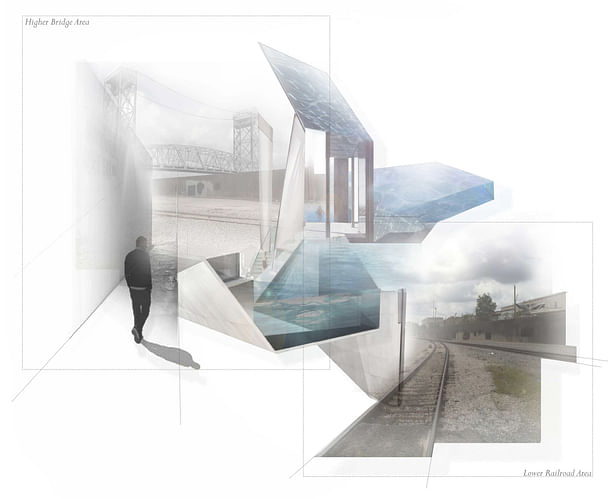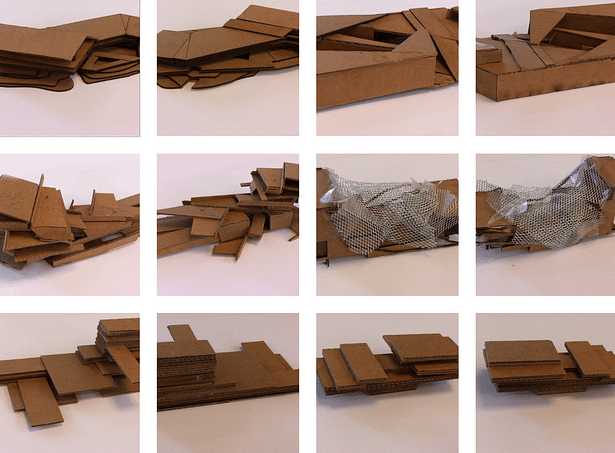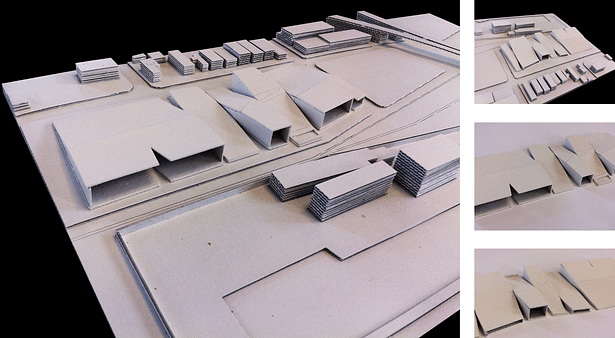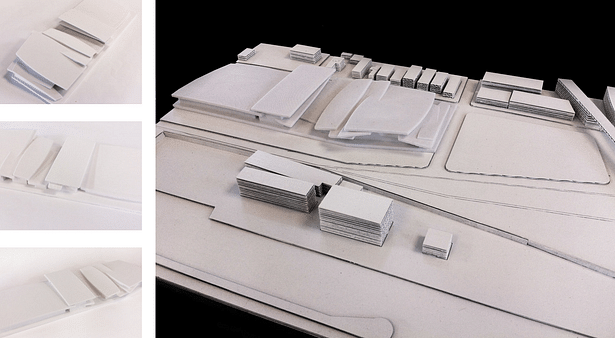
The Bywater Aquatic Center is an urban retreat destination that takes
advantage of the New Orleans Industrial Canal. The center includes a spa
area, hotel, restaurant , retail areas, and daycare center. The site is
located in the Industrial Bywater area of New Orleans and is bounded by
the St. Claude residential neighborhood to its west and the Industrial
Canal to its east. The aquatic center is available to the general public
and hotel guests. Major site features include the railroad to the east
and the Claiborne Bridge to the north.
Status: School Project
Location: New Orleans, LA, US
My Role: Student; Group Project with Fernanda Silva
Additional Credits: Tulane University, Architecture Studio (Fall 2014)







